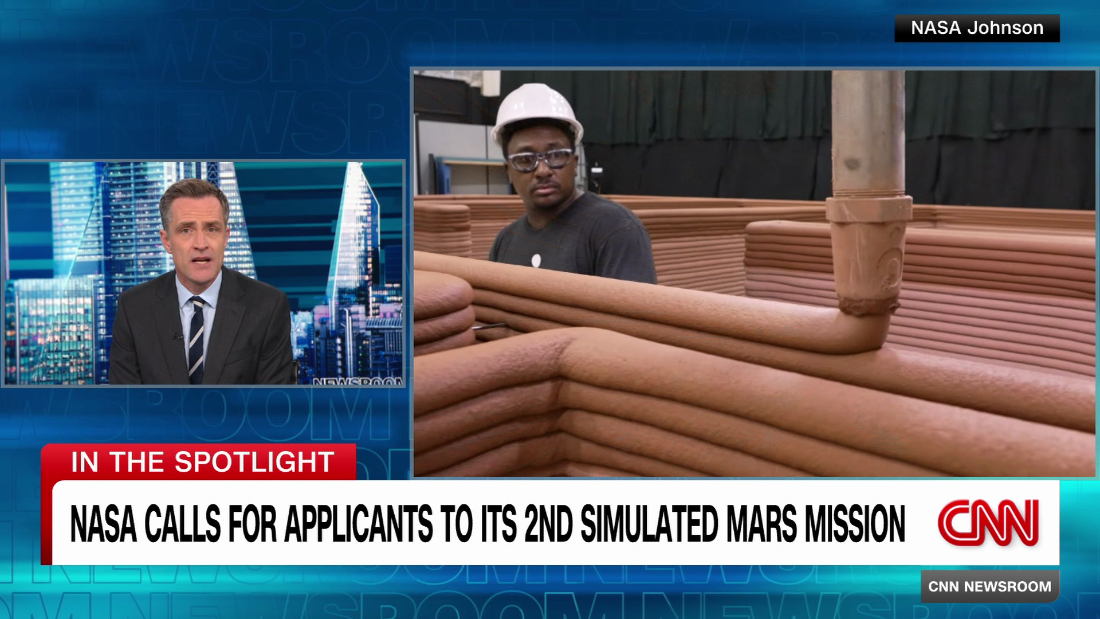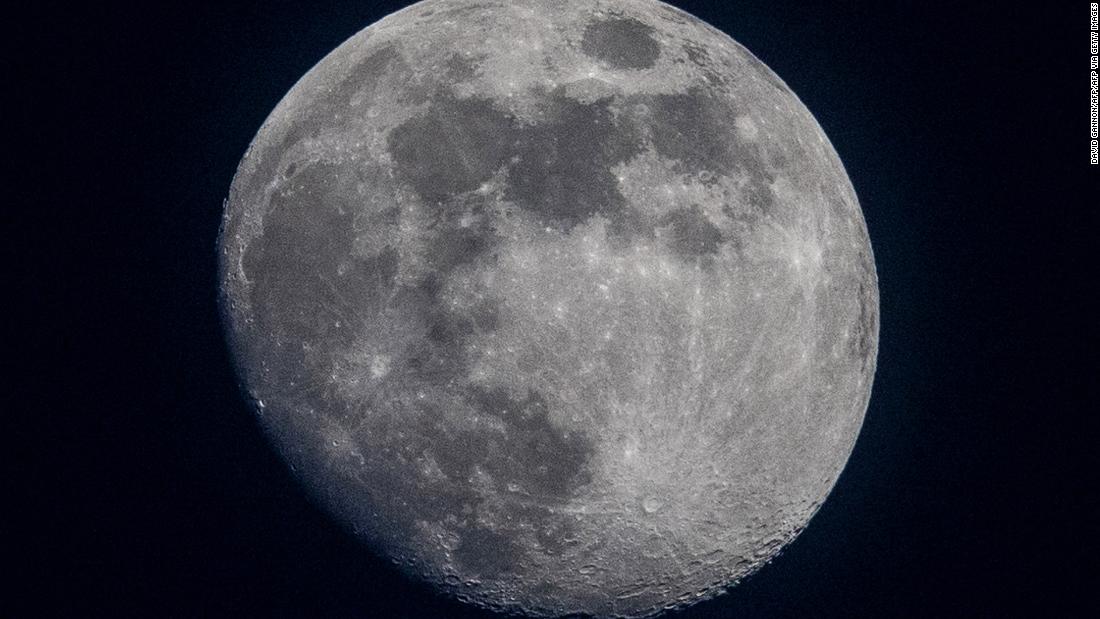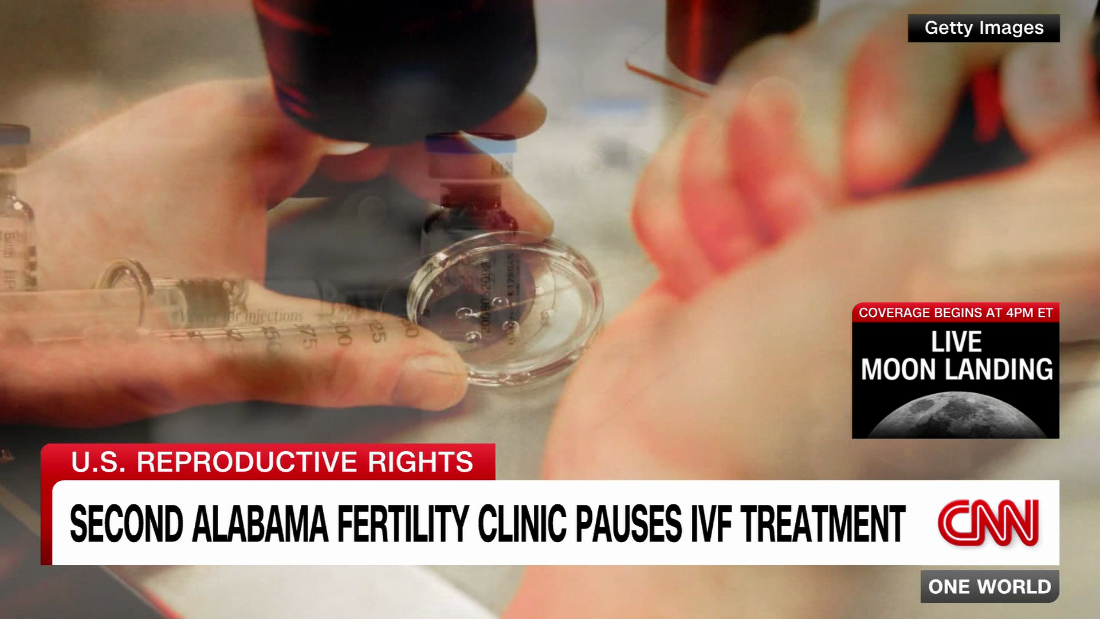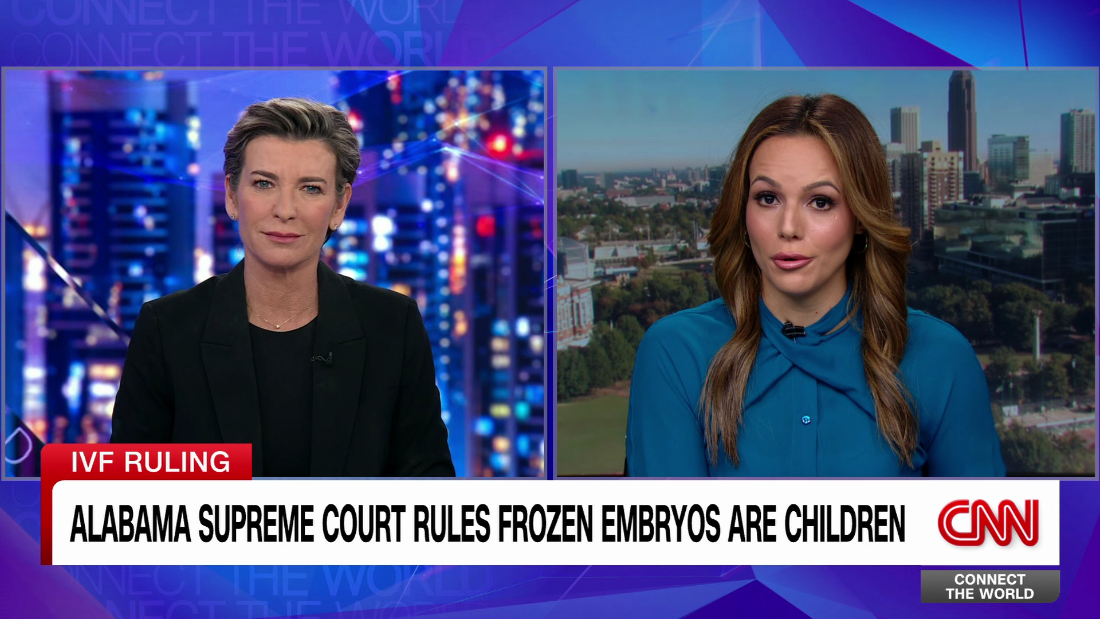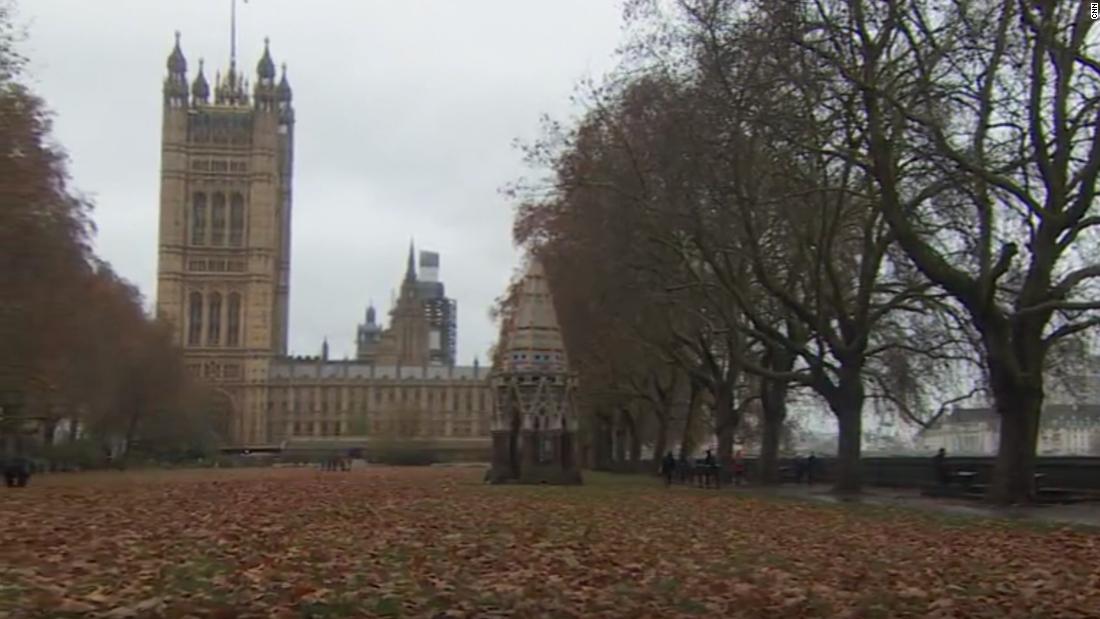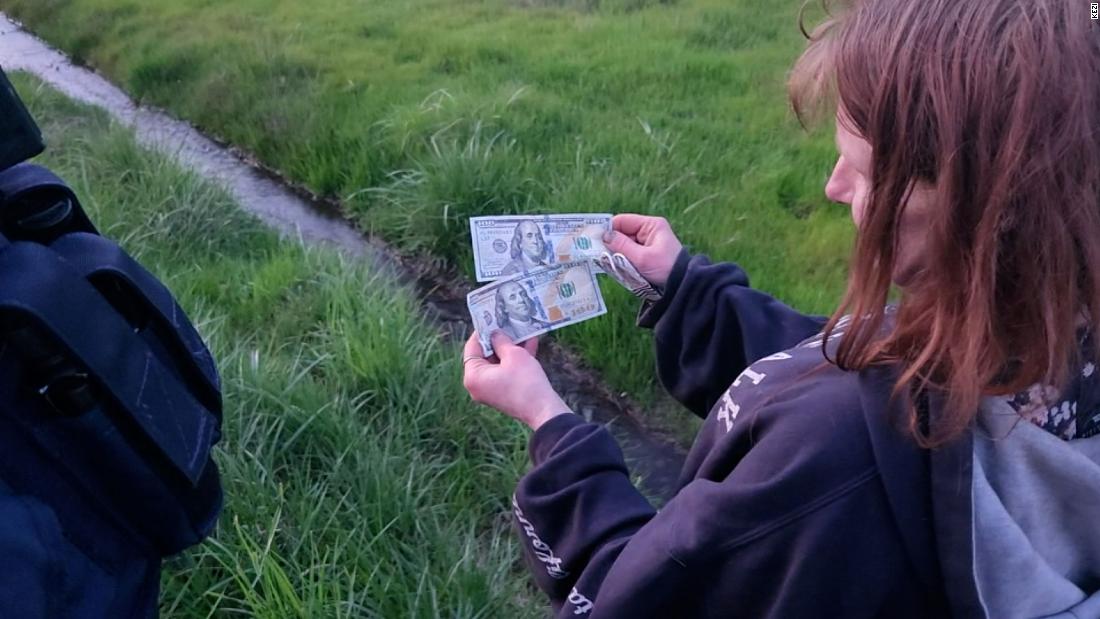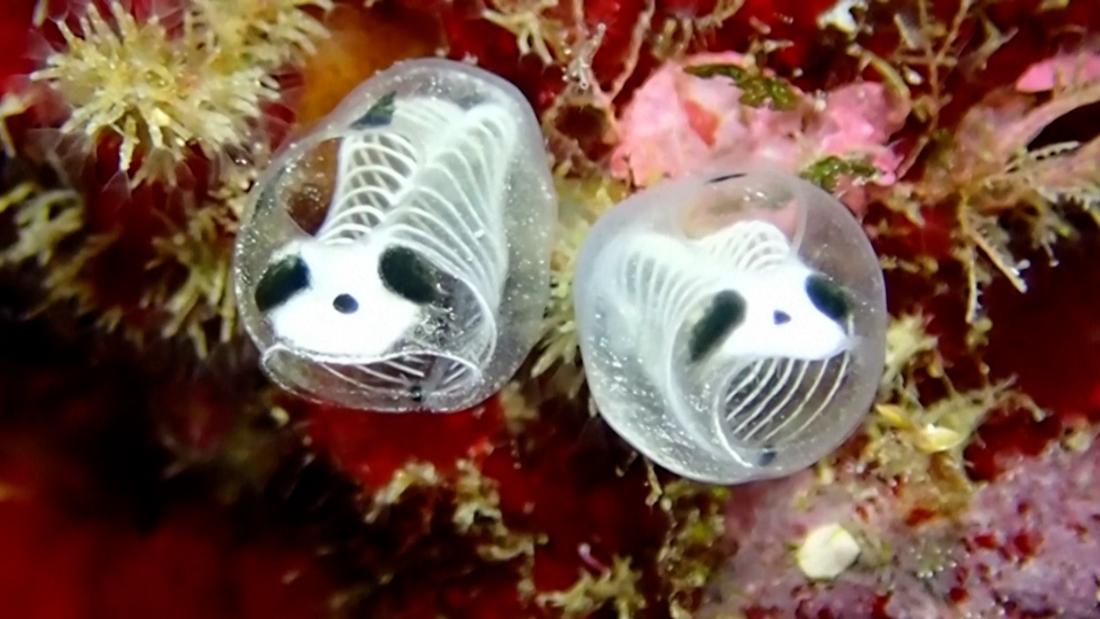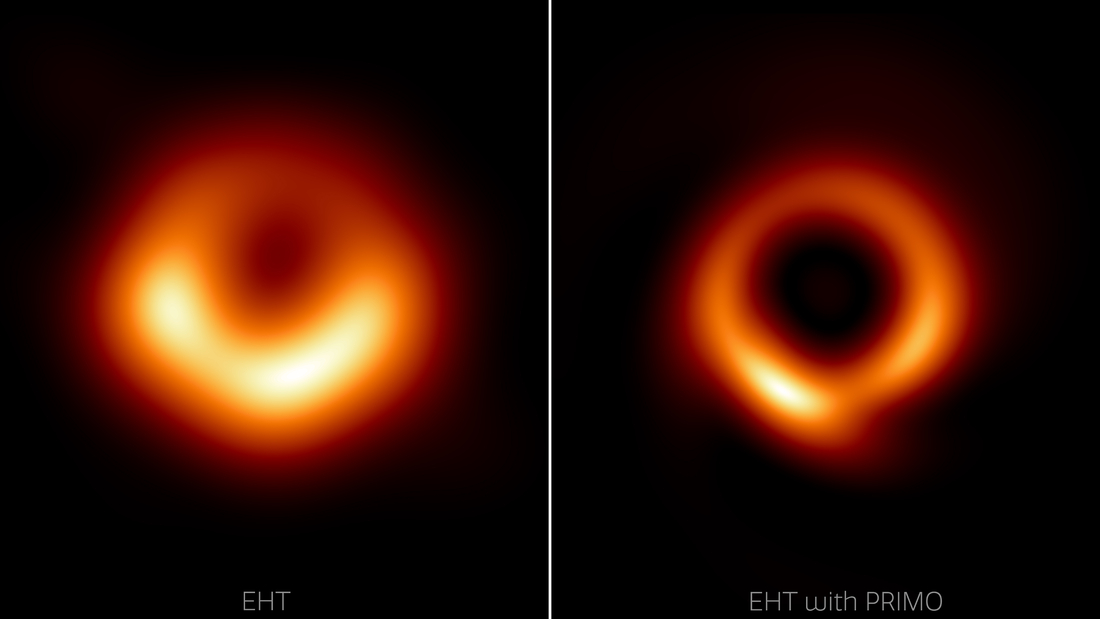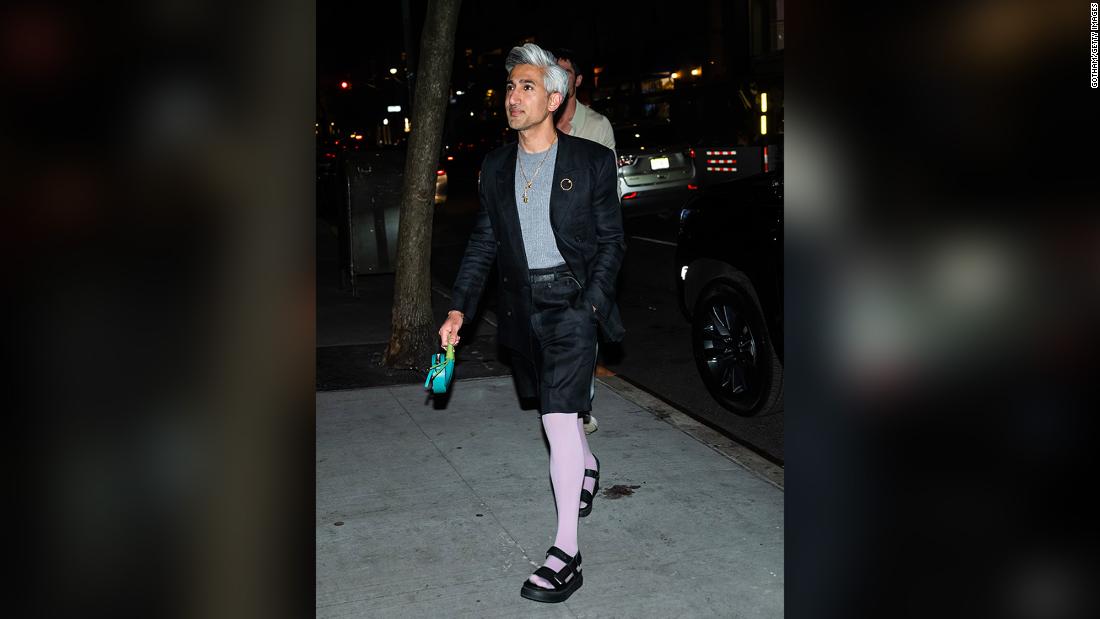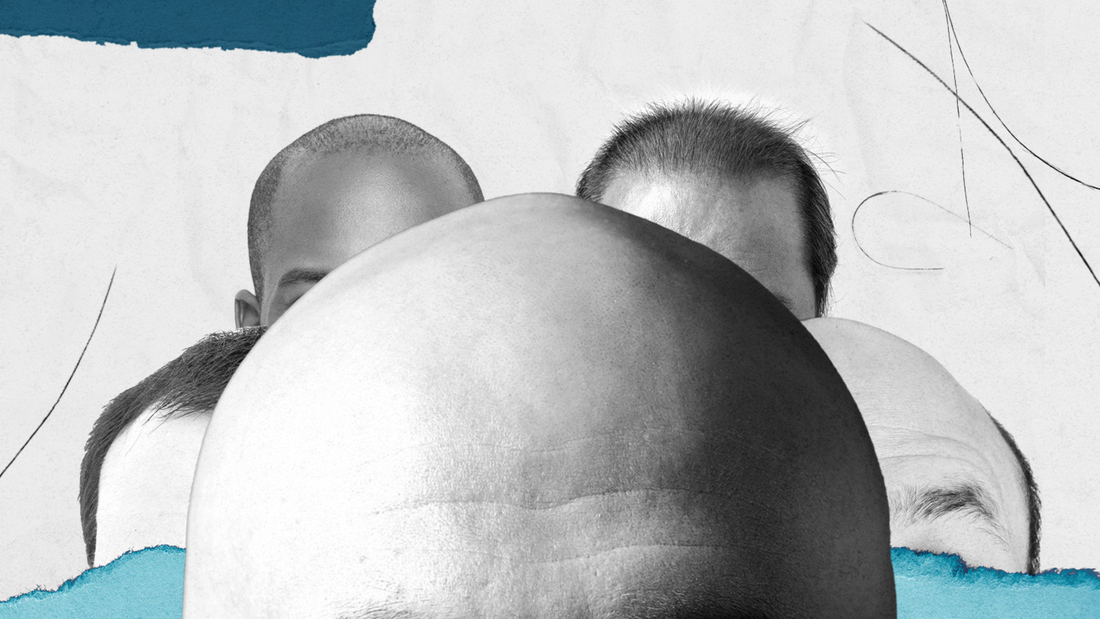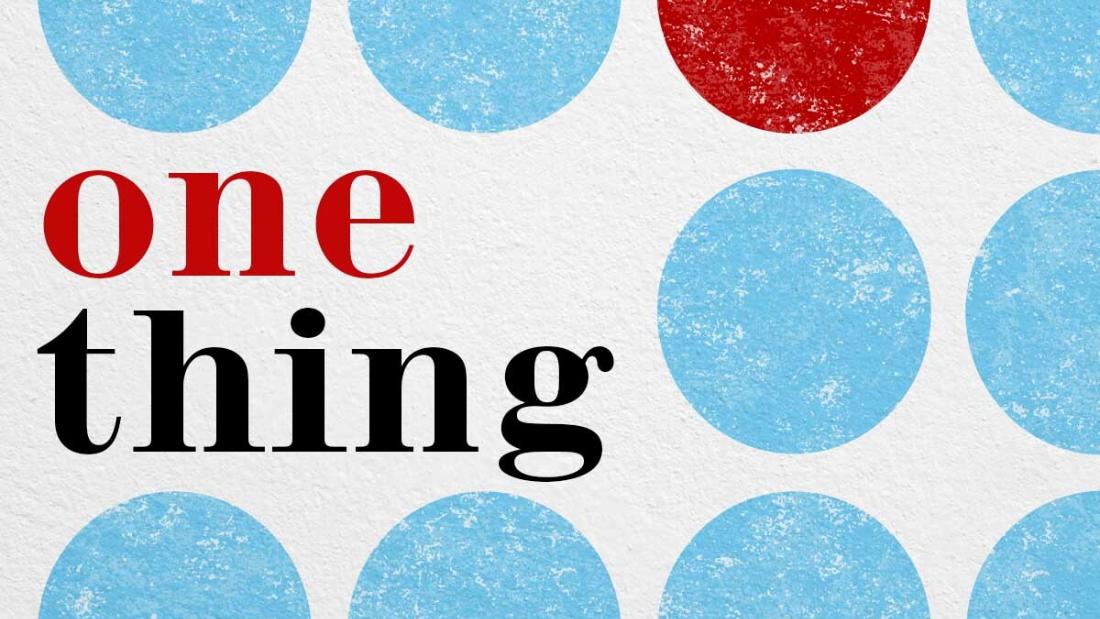A BIZARRE “mermaid” that seems to be part fish, part monkey, and part reptile is being probed by scientists in a bid to unravel its mysteries.
The mummy was brought back from Japan by an American sailor and donated to the Clark County Historical Society in Springfield, Ohio, in 1906.
Credit: Norse Media via Pen NewsA strange creature is being investigated by scientists to find out its species[/caption]
Credit: Norse Media via Pen NewsThe creature seems to be part fish, part monkey and reptile[/caption]
With a grimacing face, strange teeth, oversized claws, fish-like lower half, and downy layer of grey hair, it’s been giving museum visitors the creeps for decades.
But now its secrets could be revealed, after the so-called mermaid was X-rayed and CT scanned for the first time in an effort to decipher its true nature.
Joseph Cress, a radiologist at Northern Kentucky University, said: “It seems to be a hodgepodge of at least three different species externally.
“There’s the head and torso of a monkey, the hands seem to be that of an amphibian almost like an alligator, crocodile or lizard of some sort.
“And then there’s that tail of a fish – again, species unknown.”
He added: “It is obviously fashioned, almost Frankensteined together – so I want to know what parts were pulled together.”
Natalie Fritz from the Clark County Historical Society said the oddity was a “Fiji mermaid” – a hoax creature popularised by P.T. Barnum.
Barnum, whose life inspired the 2017 blockbuster The Greatest Showman, exhibited a similar specimen at his American Museum in New York before it burned down in 1865.
In Japan itself, some legends say mermaids grant immortality to whoever tastes their flesh.
At one temple in Asakuchi, a Fiji mermaid was actually worshipped – though it was subsequently found to be made of cloth, paper, and cotton, decorated with fish scales and animal hair.
In the US, however, such mermaids were curiosities.
“Fiji Mermaids were a part of collections and sideshows in the late 1800s,” said Fritz.
“We’ve heard some stories from people in the community.
“Some remember seeing it on display in Memorial Hall, the home of the historical society from 1926 to 1986.
“One woman, whose father was the curator in the 1970s recalls that it ‘scared her to death’ when she would visit her dad at work.”
Fritz added that the mummy could date back to the 1870s, when records showed the original donor had served in the US Navy.
Dr Cress said the CT scanning would allow them to pick out “slices” of the artifact and hopefully establish whether any part of it had once been a real animal.
“By doing that it gives us more data,” he said.
“Do those nostrils continue up into what we think is a legitimate nasal cavity, and how deep do they go? Because we can see it front to back and even side to side.
“Can you see the ear cavity continuing to where it would then connect to the brain?
“So we’re doing that to all parts of this Fiji mermaid, not just the head and facial region, but also the thoracic region, and then that tail end.”
The data will be sent to experts at Cincinnati Zoo and the Newport Aquarium to hopefully identify what creatures – if any – were combined to form the mermaid.
This comes as earlier this year the mystery of another mummified ‘mermaid’ was finally solved – after baffling scientists for years.
The 12-inch creature was allegedly caught in the Pacific Ocean, off the Japanese island of Shikoku, between 1736 and 1741.
It had been kept in a temple in the Japanese city of Asakuchi for around 40 years.
The beast had a grimacing face, pointed teeth, two hands, and hair on its head and brow, it had an eerily human appearance – except for its fish-like lower half.
Locals worshipped the mystery creature for years – believing it granted immortality to anyone who tastes its flesh.
Chief priest Kozen Kuida told the Japanese newspaper The Asahi Shimbun they even worshipped it in the hope it “would help alleviate the coronavirus pandemic“.
But last year, researchers from the Kurashiki University of Science and the Arts took the mummy for tests and CT scans in a bid to unravel its secrets.
And they discovered that the creature is completely artificial, made in the late 1800s.
There’s no evidence of any skeleton – instead made of paper, cloth and cotton.
Credit: Norse Media via Pen NewsThe mummy was donated to the Clark County Historical Society in Springfield, Ohio, in 1906[/caption]
Credit: Norse Media via Pen NewsSome have described the creature as a mermaid[/caption] Published: [#item_custom_pubDate]

















